For Logan Beaulieu, living a healthy lifestyle today is not only a way of life, but also a passion. He holds an immense respect for those with active lifestyles. His story is an inspirational one: to tell about overcoming adversity, the importance of perseverance and beating the odds. He has never stopped running nor given up, despite facing the biggest challenge of his life.
He was born in Williams Lake and grew up in Prince George & Penticton, BC. He also lived in Victoria for several years, attaining his hairdressing license and working as a hairdresser.
He is an optimist and has a strong ability to see the positive in everything. His love of running has inspired him to embrace every chapter of his life, despite the challenges.
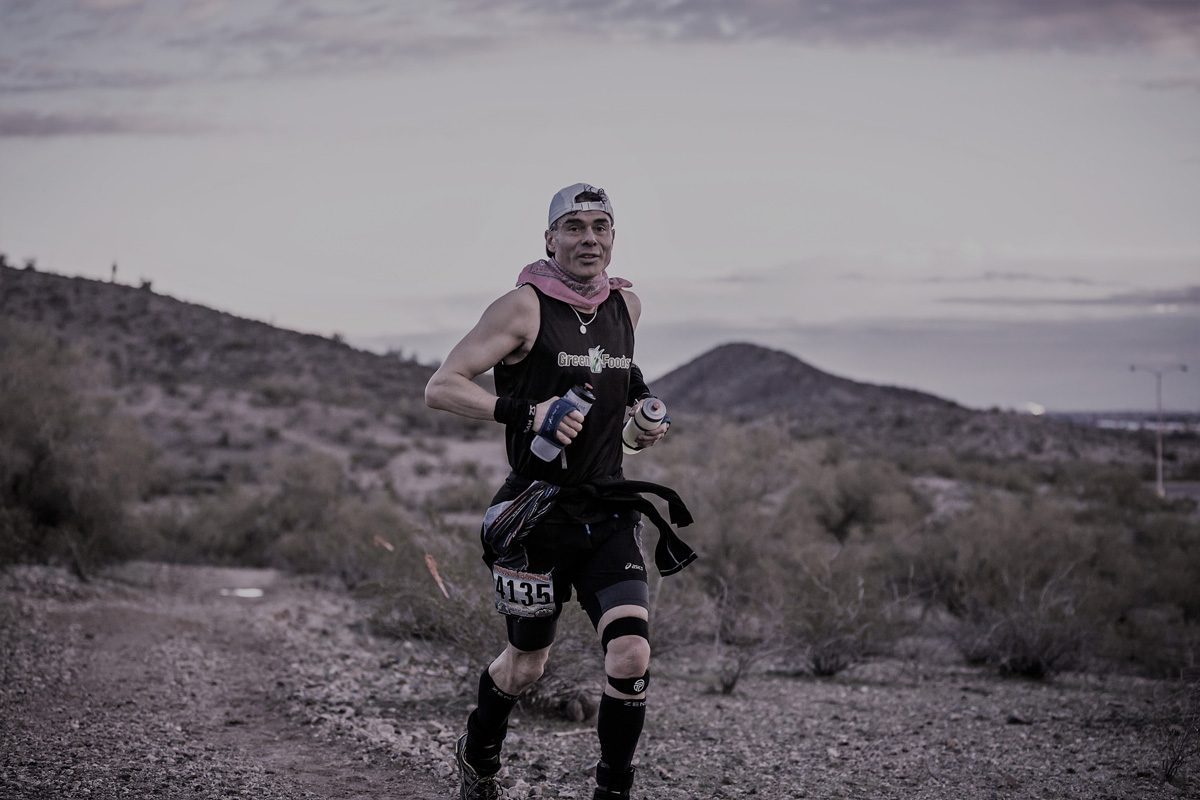
You started running after a near-fatal crash when you were sixteen. Can you tell us what inspired to run after such an ordeal?
I actually started running at the age of 11 while living in Penticton, B.C. As a family we ran with the Penticton Pounders, a group formed by the renowned race announcer, Steve King. This included a series of races that were held around the Thomson Okanagan and the Okanagan Similkameen ranging from 3 miles to 10 miles (5km to 16km) I recall several fun races I participated in. The Survivor, held in Kelowna, B.C., which was 11 miles. A race that was held in Merritt, B.C. also stands out in which a mountain man that everybody called ‘Nature Boy’, would come down from the hills yearly to run the race..
I was the passenger in a near-fatal car accident. The Doctors told me that I had a 10% chance of walking again. I know Doctors give the worst-case scenario, but never the less the news was bleak. Recovery would be a long and arduous road. The physical and mental trauma that I had experienced radically changed my life. In many ways I am a stronger and better person today and for this I must acknowledge the medical and rehabilitation staff as well as my family who were very supportive throughout my recovery progress. My father played the largest roll in pulling or was it pushing me through. He was almost like a drill sergeant. He knew how easy it would be for me to fall into a trap of self-pity and take the easiest way out. Because of his encouragement and support I was able to avoid that trap, although I must confess, sometimes I would question my ability to succeed and I would go along with him simply to please. Like any good partnership it required the strength and will of both to believe and prove that the odds can be beaten. The accident was the summer before I was to go into grade 11. Instantly my school curriculum was replaced with by rehabilitation because of my sudden diminished capacity. My test was how I would overcome the physical and mental challenges I faced. If I listened to the people that said I can’t and I believed their words, I would have given up and I know I wouldn’t be where I am today. Running ultra-marathons has given me the courage to pursue and achieve many of my goals. This is not to say that I haven’t had failures because I’ve had many along the way, but I kept persevering.
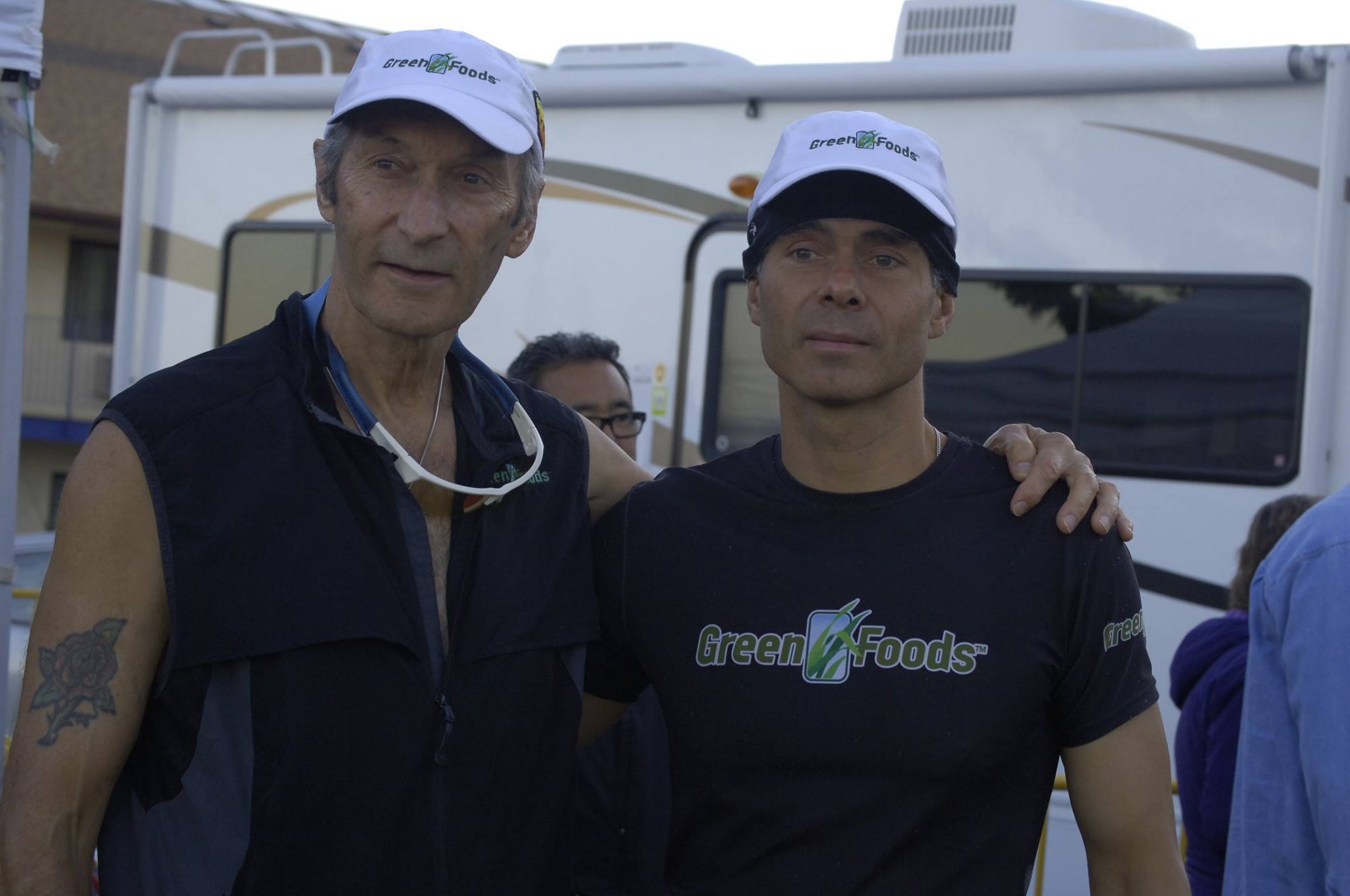
What has running taught you about never giving up?
Knowing what I faced in the past has prepared me for the challenges I face in the future. The steep terrain I climb to conquer a mountain during my race is a metaphor for the uphill battle of life. I can get through any race despite the weather conditions, extreme discomfort and fatigue. My most recent lesson in life is that I have taken my physical conditioning for granted. I’ve learned the hard way that injury can be harder to face mentally then physically. One cannot ignore the physical limitations caused by the body, no matter how strong one’s constitution. Ignoring an injury does not make it go away. I was forced to take almost 11 months away from running and now I am back at it. On occasion I hear other runners talk about the number of ultras they have finished and they even brag about dropping out of very few or even none. I have faced the reality that pulling out of a race can sometimes be smarter than trying to push through the pain. Not finishing is a habit I don’t want to form but running hard and in discomfort and running in pain are not the same thing. Excuses play on one’s mind. Bowing out at an aid station is nothing to be ashamed of, better there then on an empty stretch of trail or road. Night running has its own set of challenges to overcome. Ultra-runners are both a physically and mentally tough breed. It is not a matter of if we’ll feel discomfort, but rather, when and how much. Toughing it out is difficult enough, adding an injury to the mix is quite another story…
I want to share my message of hope and perseverance to conquer obstacles and achieve. Sometimes we all need a pick-me-up or pep talk for the everyday challenges we all face.
Something that I have always done leading up to a race and during a race is to visualize myself running strong. I sit quietly and force myself to relax before a race instead of pacing, chatting to everybody. No shadow boxing or listening to Metallica for me before race start. If I catch myself getting down or I allow myself to dwell on discomfort, I keep a mental picture in my mind of my best self, my strong self, my ideal self. No matter how positive a person is in life, staying positive throughout an entire race is next to impossible when emotions bubble over and I’m overwhelmed by the feeling of discomfort.
I remember my mother. She faced life head on. When she was alive gave me the will and undeniable strength to enjoy life and cherish every moment of it. From her and from my father I learned that feelings of negativity make things worse, so better to stay positive then give self-pity an ear… cherish every moment. I also look at my siblings as role models.
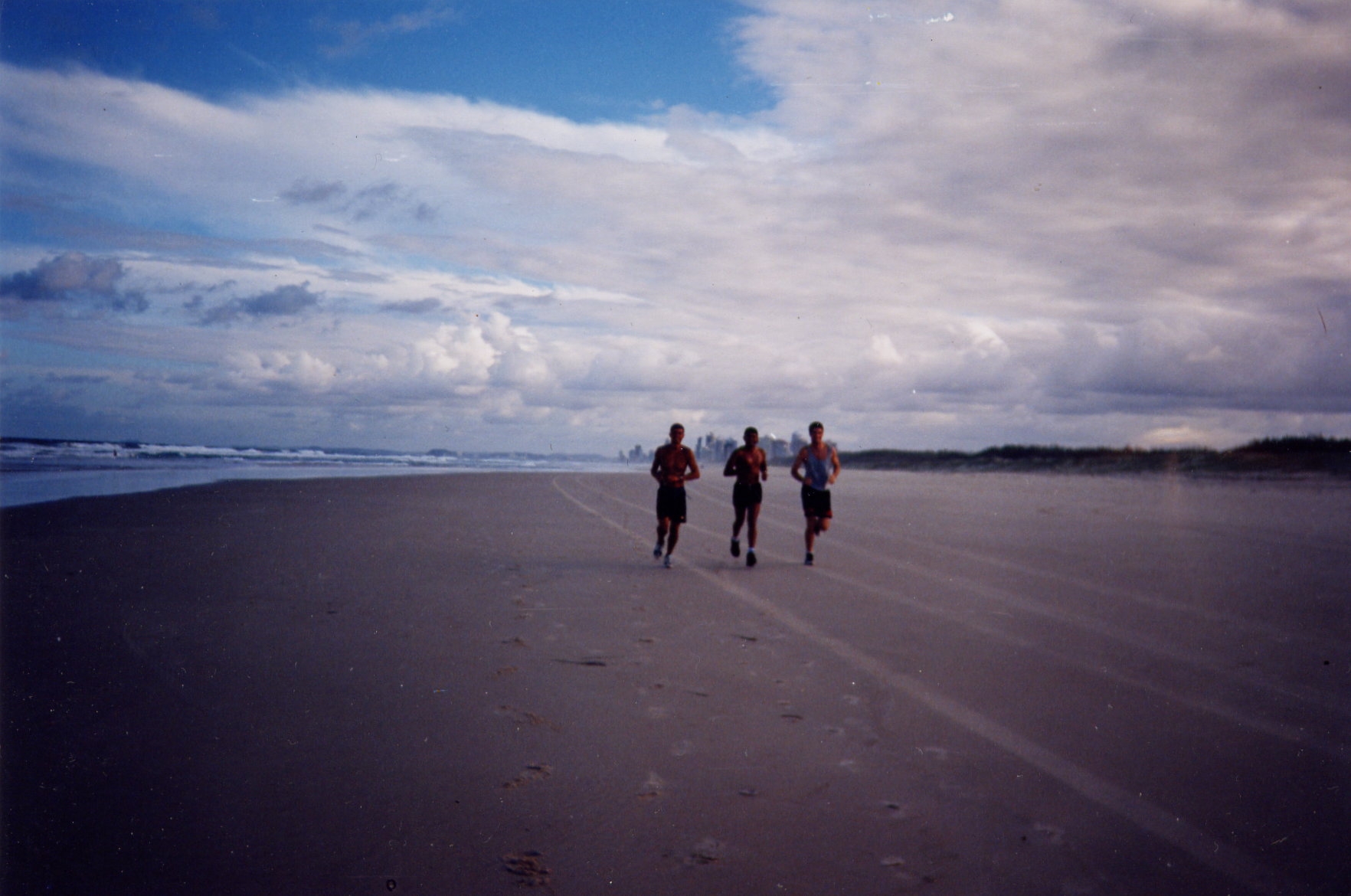
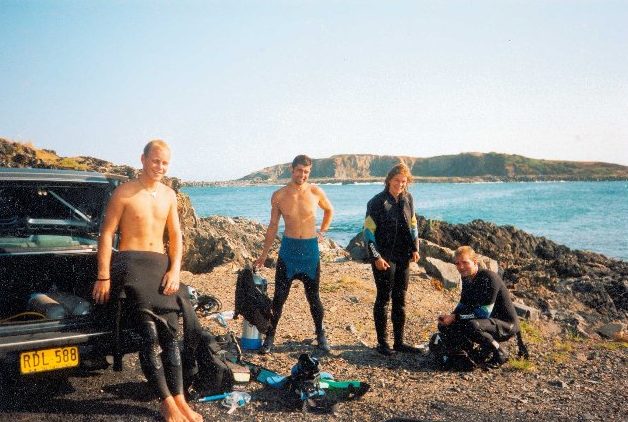
You also traveled quite extensively after the accident. What have you learned from your travels, and how have those experiences helped shape you?
I travelled for several years after my accident. I felt the desire to see the world, experience new things and in all honesty, escape the new reality that was my life at the time.
I traveled up and down the East Coast of Australia, picking up odd jobs to support my travels. This included construction in Sydney, being employed as a hairdresser in Byron Bay and Cairns, working in a Flour Mill in Toowoomba, and setting up for stock car races in Surfer’s Paradise. I served coffee in the first Starbucks in the UK, Piccadilly Circus in London and I worked at a Pineapple factory in Brisbane. I worked in a pub in Belfast and taught Conversational English in Tallinn, Estonia and Riga, Latvia. Being around people in different countries has taught me to be more compassionate and understanding of those less fortunate. The biggest lesson that surviving an accident and traveling abroad has taught me is ‘empathy’. I try not to take life too seriously and I always look for the best in people. Everyone has a story to tell and a separate set of challenges to overcome.
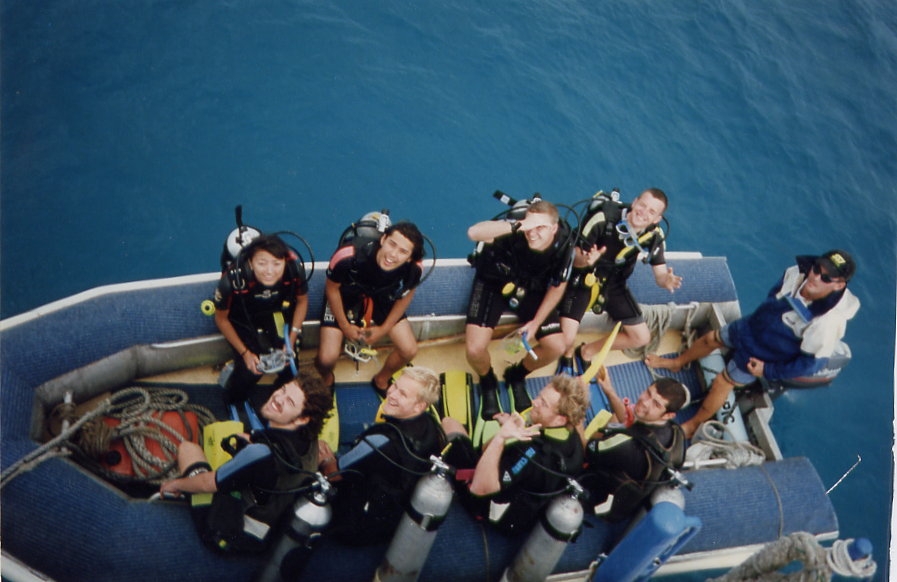
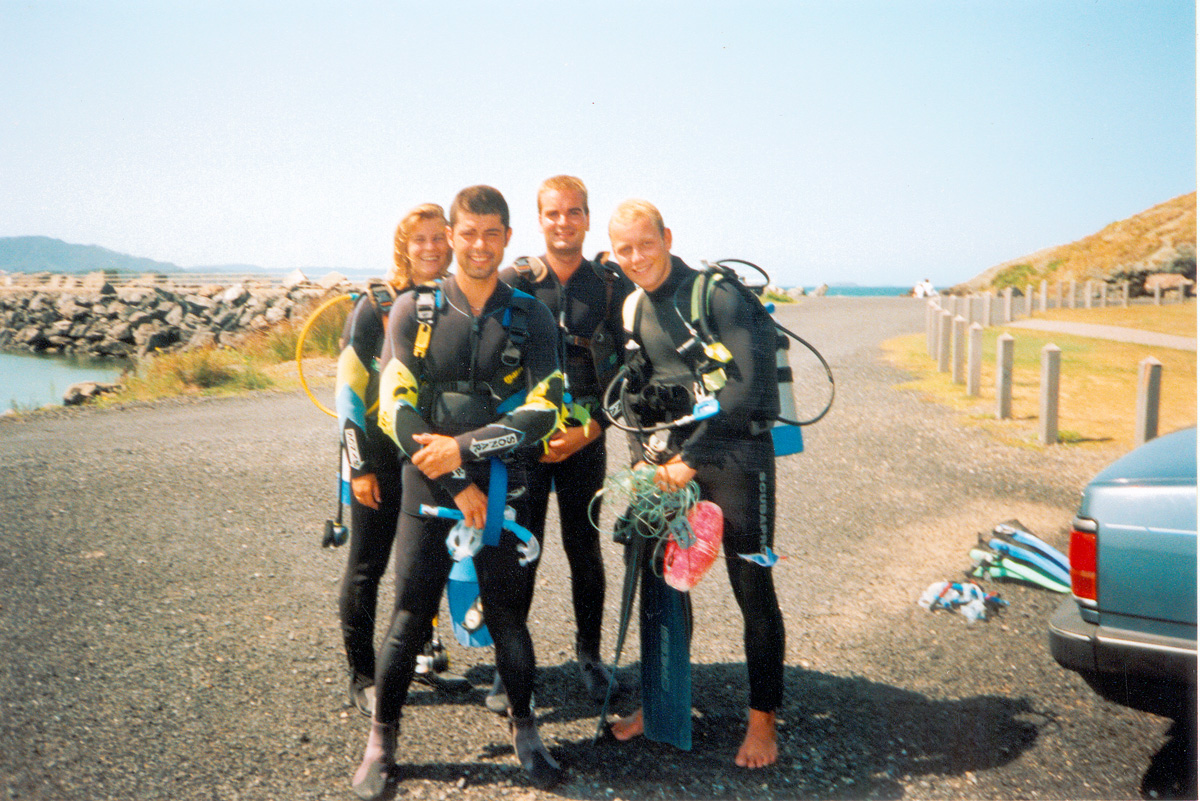
What are some of the most memorable stories from those travels?
Traveling not only allows one to experience a country but also provides easy accessibility to neighboring countries. While I was in Fiji I was invited to stay with a family away from the city. There I enjoyed the local customs as well as horseback riding and plenty of hiking. We drank plenty of Kava. Kava is consumed throughout the Pacific Ocean cultures. I would run, hike and scramble in Australia and Fiji in temperatures more than 45C. At the end of one of my runs in Fiji, I tried to walk into the ocean to cool off. Not only was the water like a warm bath, but it was also shallow and dense with salt. The coral was so sharp on tender feet that I could not get far enough or fast enough out into deeper water to experience any relief. There I was, walking out from the beach and into the water. The water was finally up to my mid-thighs, surely relief would soon follow. I continued to walk a few more steps only to come to the realization that the water was getting shallower again. How was this possible? I accepted defeat as I submerged myself in the shallow water, warm water and went back to my room where I was forced to console myself with a tepid shower.
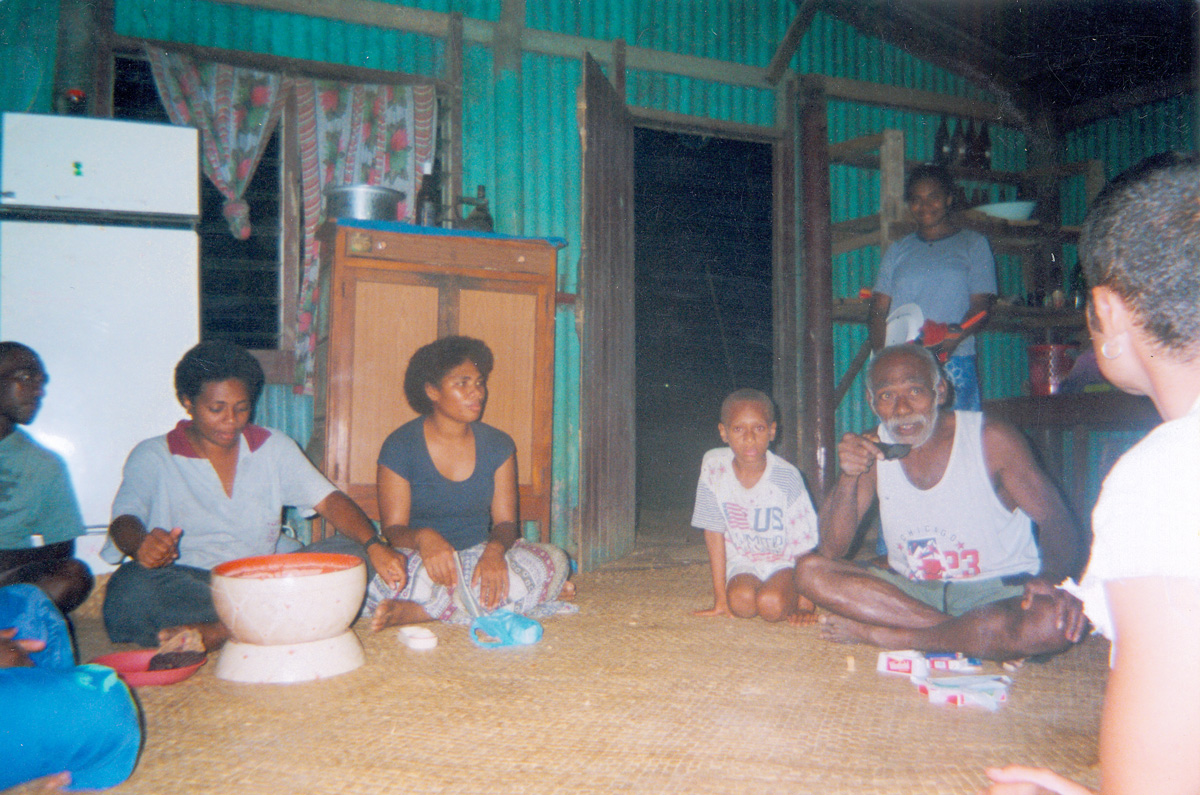
While in Byron Bay, Australia, I completed plenty of stair repeats up a staircase to the top of a lookout to a sign that read, ‘The Easternmost point of Australia’s mainland’. I found trails and paths in every location I stayed, some hidden and some well-known, from Vilnius, Lithuania, to Sydney, Australia. Even Taipei I managed to find some green space. Taipei is reportedly one of the most densely populated cities in the world.
Some of the most memorable locations that I ran or hiked in Australia are, the Tablelands, Cape Tribulation and on Magnetic Island. I recall great hiking and scrambling on both the North and South Islands of New Zealand. I also had great adventures on Gotland, which is Sweden’s largest Island.
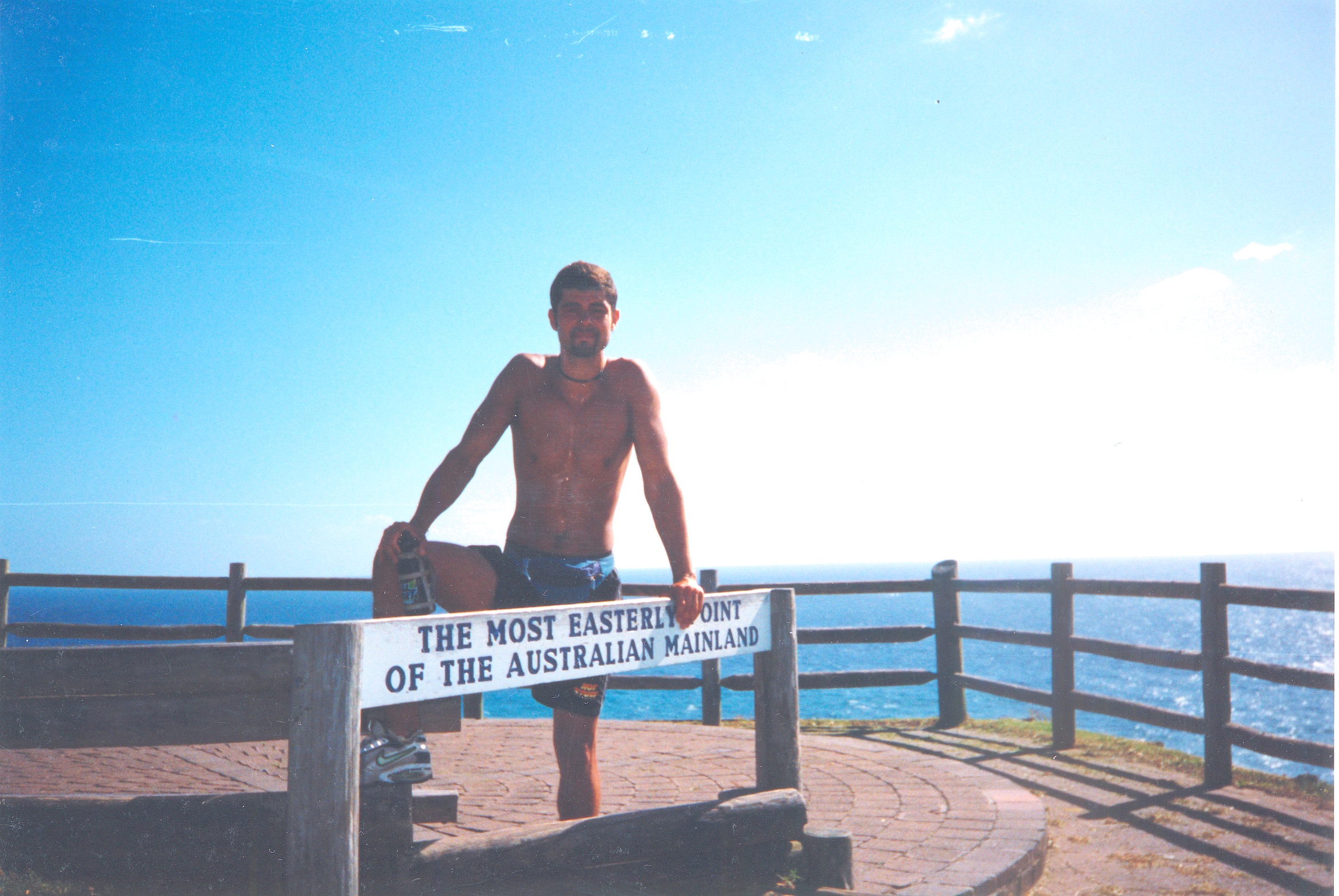
The island of Gotland and the other areas of the Province of Gotland make up less than one percent of Sweden’s total land giving it very quaint feeling.
I fell in love with the Baltic Counties. I enjoyed the time I spent with the people who live there; Estonians, Latvians and Lithuanians. Helsinki, Finland, was just a short ferry ride from Tallinn, Estonia, so I was able to visit my brother who was living there at the time. From Helsinki I took a train to Lulea, the Northern most city in Sweden. I experienced their very short summer and even managed to squeeze in a run or two. Everywhere I traveled, I acquainted myself with the landscape and sights by walking or running.
I also took a train to Narvik, Norway, 209 km or 130 miles past the Arctic Circle. There I was, lacing up my shoes and heading out for a run despite the locales telling me in their limited English, “I don’t see people running out there.” I recall an incident when I had my eyes on was a large clearing. Away I went to embrace the soft surface of the greenspace. As I ran further and further out I started to sink in past my ankles and before I knew it I was up to my shins. Yikes! Was this going to be the end of me? I thought on no uncertain terms that I was going to be swallowed up by what might be quicksand or a bog. I guess that didn’t happen because I’m here to tell the story!
While living in Riga, Latvia I took a bus to Valga, Latvia to go for my a long run on a few occasions. From there I started and finished my run in the two border towns split down the middle which joined two countries, Valka, Latvija, and Valga, Estonia. The meaning of the name means ‘walk’ in both languages. Valka and the Valga are twins, separated by the Estonian/Latvian border, but using the slogan “One Town, Two Countries”. The downside of this run was I spent a minimum of 20 minutes in customs at each crossing. I enjoyed a local drink called Kvass after runs and hikes which is a traditional Slavic and Baltic beverage commonly made from rye bread, known in many Eastern European countries and especially in Ukraine and Russia as black bread. I also drank the refreshing drink after or during runs and hikes, called, Irn-Bru when in the UK which is a Scottish carbonated soft drink, often described as “Scotland’s other national drink.”
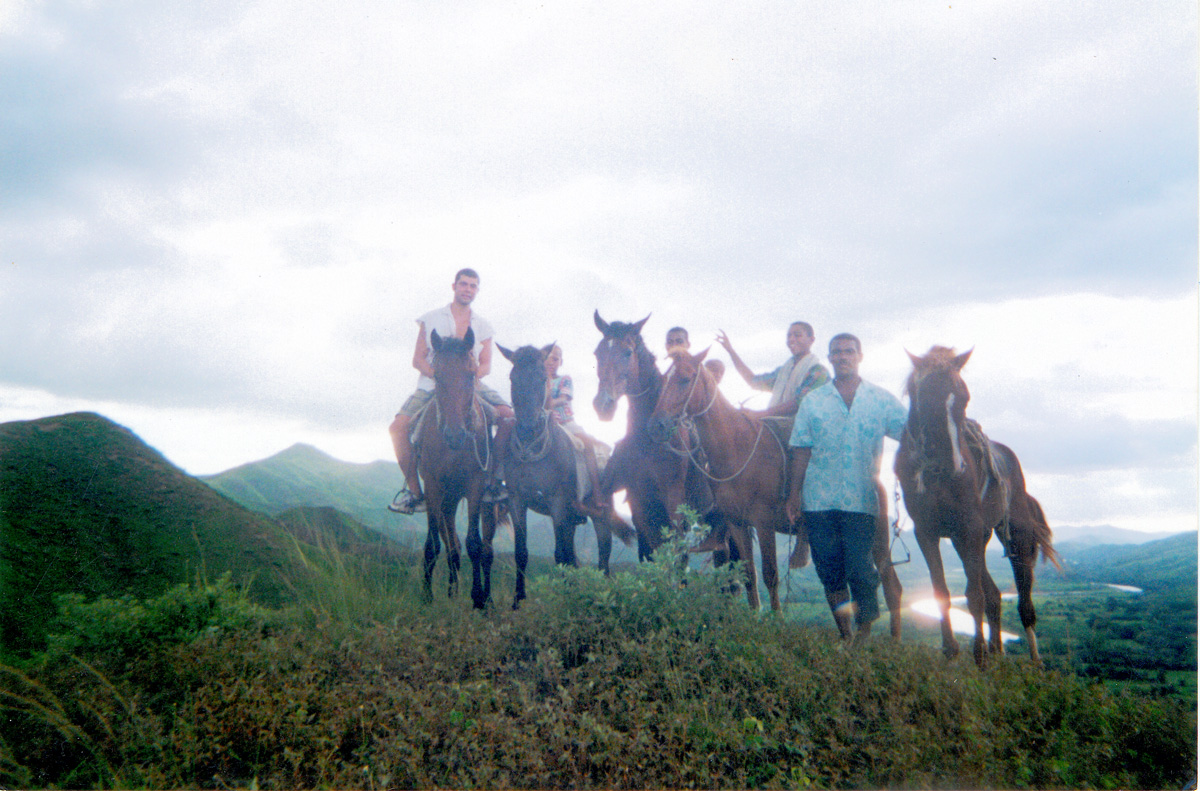
Another memorable experience was my foray into diving. It was surreal seeing all types of fish and ocean life; large and small and a plethora of colors that I cannot describe. The enormous schools of fish swam in organized patterns like synchronized swimmers. On another note, it is truly a pity that the oceans and reefs around the world are being ruined due to industry. One trawler destroys everything on the ocean floor and much of the underwater life gets thrown back into the ocean…dead. Year-round irresponsible tourists (snorkelers and divers) ruin reefs and underwater habitats not to mention all the litter in the world’s oceans. Over five trillion pieces of plastic are floating in our oceans is stated in the most comprehensive studies to date on plastic pollution around the world which in turn kills underwater life that ingest this plastic. I came across an article in the Guardian titled, Whales are starving – their stomachs full of our plastic waste, effecting their digestion. Thirteen sperm whales stranded on the German coast had ingested enormous amounts of plastic. They are symbolic of our shocking disregard for marine life. We are killing the oceans at a very alarming rate.
On another very shocking note ‘more animals are killed by cars each day than we ever could Imagine’ More deaths than poachers, deforestation or pollution and when it comes to hunting, well… hunting destroys families.’ Like many fellow adventurers I am sickened with sadness and very concerned about these things. Two great Charities that are worth taking a look at are CPAWS and the Nature Conservancy of Canada.
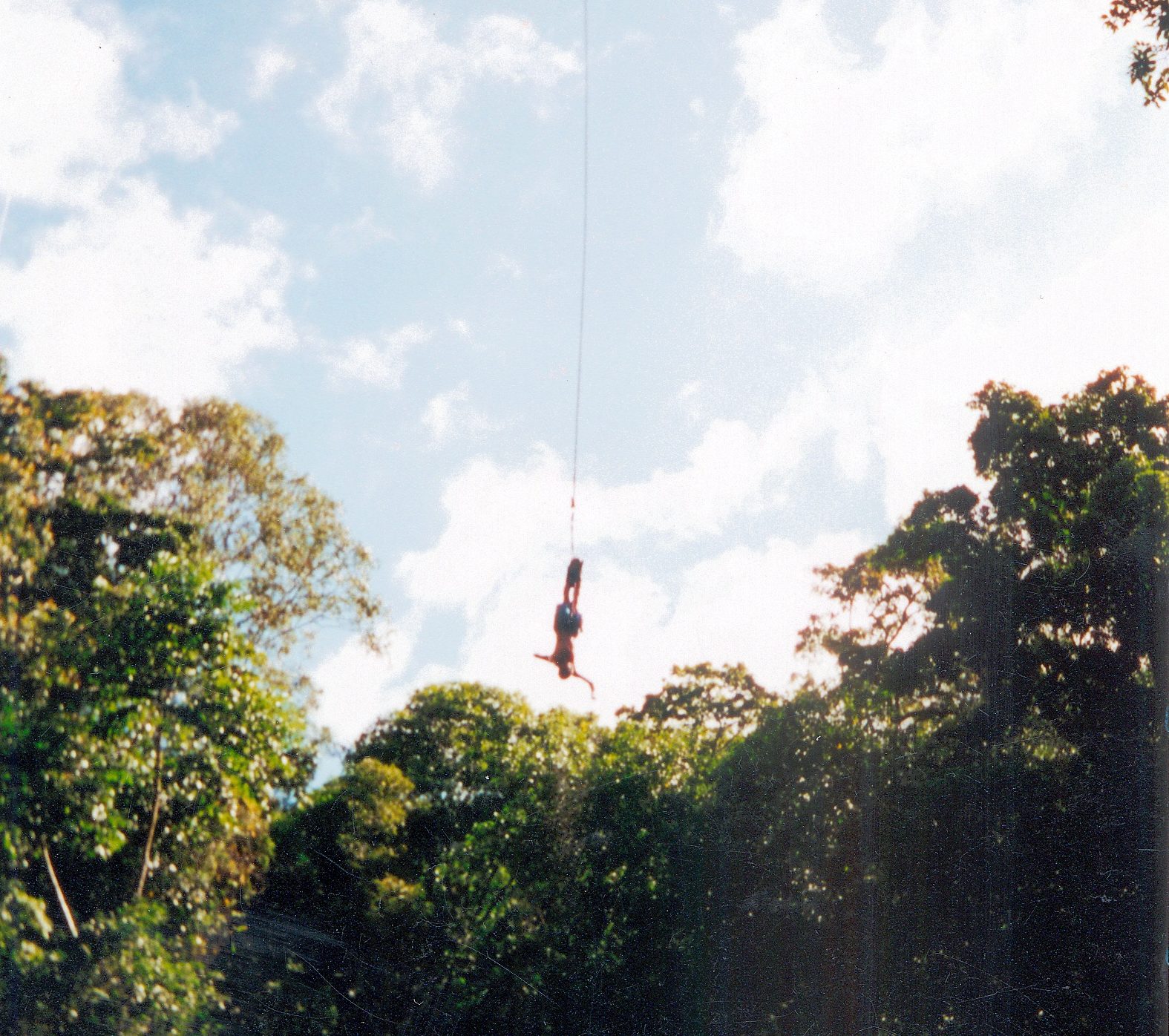
How did you get involved in ultra-running? What is it about the sport that made you want to compete?
My father paved the path for me or rather ‘groomed the trail’. We are running buddies. Today we share stats, training tips, diet, etc. In my early years of running I would run for the sheer enjoyment of it. I would run shorter distance races from 5k, 10k and half marathon. In 1992 I skipped the traditional marathon distance and I ran my first ultra, a 50k. The following year I ran a 24 hour track race and continued from there. After moving to Edmonton in 2003 I began to think more about my placement in races. In my younger years I loved the adrenaline rush and the excitement of the race. I was addicted to trails, the sound of rushing streams, birds, wind, etc.
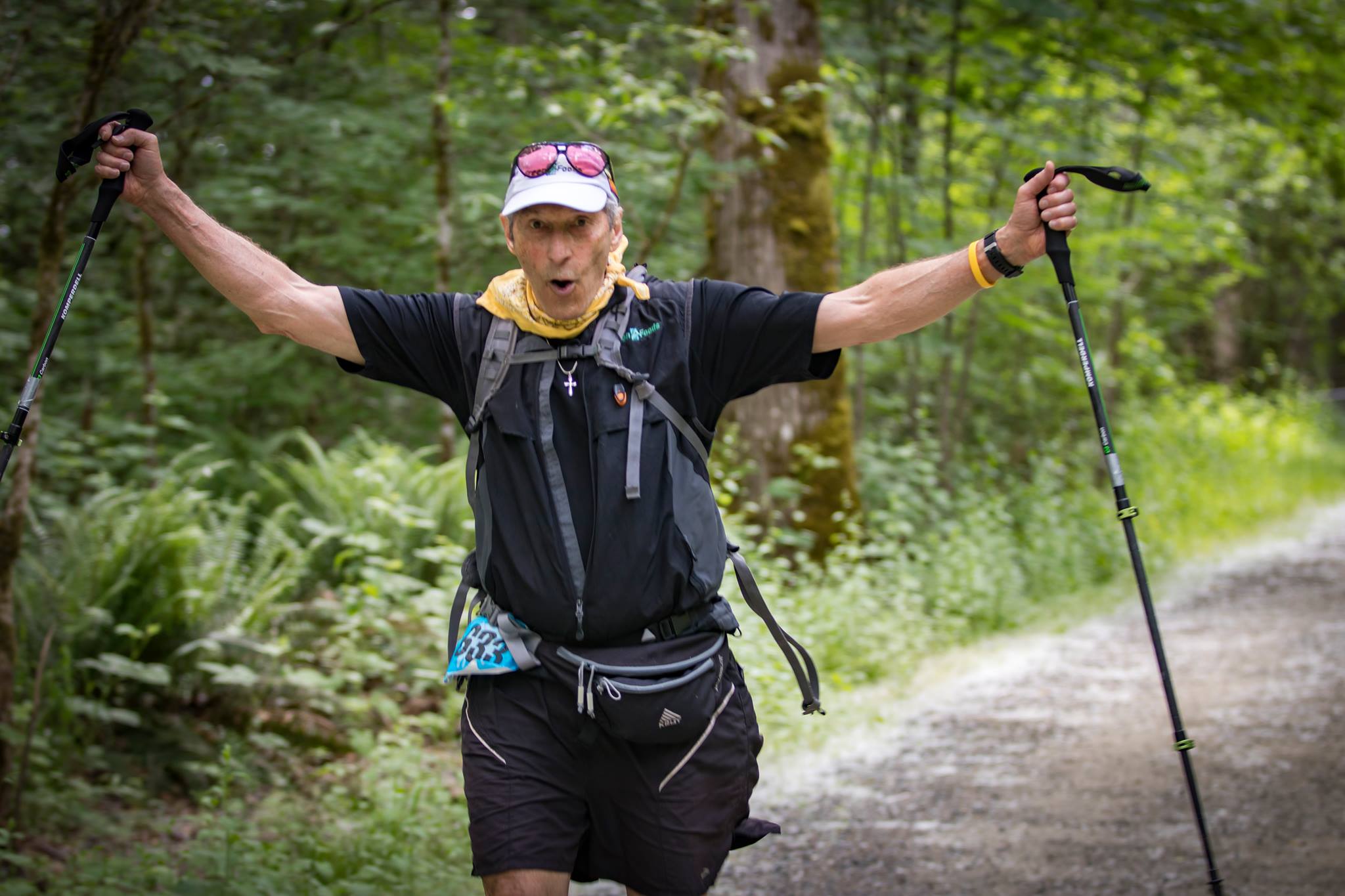
How do you train for races?
I run by time rather than distance and I always hit trails or soft surfaces, i.e. grass or wood chips. I incorporate speed and hill repeats into my training and hilly runs. I also incorporate tempo runs and fartleks later in my training schedule. This year I am re-building after injury which I will talk about below.
First and foremost, I credit my father, Moe the Eagle, for many tips on training throughout the years. I typically start out my day running before work. If this is not possible I wind down with a run after work but only if it’s not too late in the day. I find running too late keeps me up at night and I feel wired to the same degree as drinking coffee before bed. For this reason, I do not run past 5pm. I prefer the morning or early afternoon depending on my work schedule that week.
Realizing that running alone is not the only aspect of a complete workout; I have always incorporated a variety of high repetition weight training and core exercises. Core exercises such as planking, wind-shield wipers, dragon-flies, jack-knives, scissors, Russian twists, stability ball, ab wheel, plenty of push-ups, chin-ups, pull-ups and pull-downs, etc. are part of my routine. Everything that I have ever done and will do is for self-improvement concerning my running and to better myself physically, mentally and emotionally. I hear from those around me that I am somewhat of a fanatic. I know this to be is true.
I have, however, had to change up my training through the years as I’ve been running and hitting gyms for over 2 1/2 decades. I’ve endured numerous injuries. I have torn my left rotator cuff (shoulder), strained my intercostal muscles (muscles between the ribs), tendinosis in both elbows, and strained my lower and upper back numerous times. I have also had a long list of running injuries. When I was younger, I thought I was invincible. As I’ve aged, I’ve finally realized that I am human, and I must take care of my body and my joints as we all must. The same goes for over training and excessive racing. I realized that it is very important to space races out and not to try to tackle everything. All runners must face the reality that they are mere mortals.
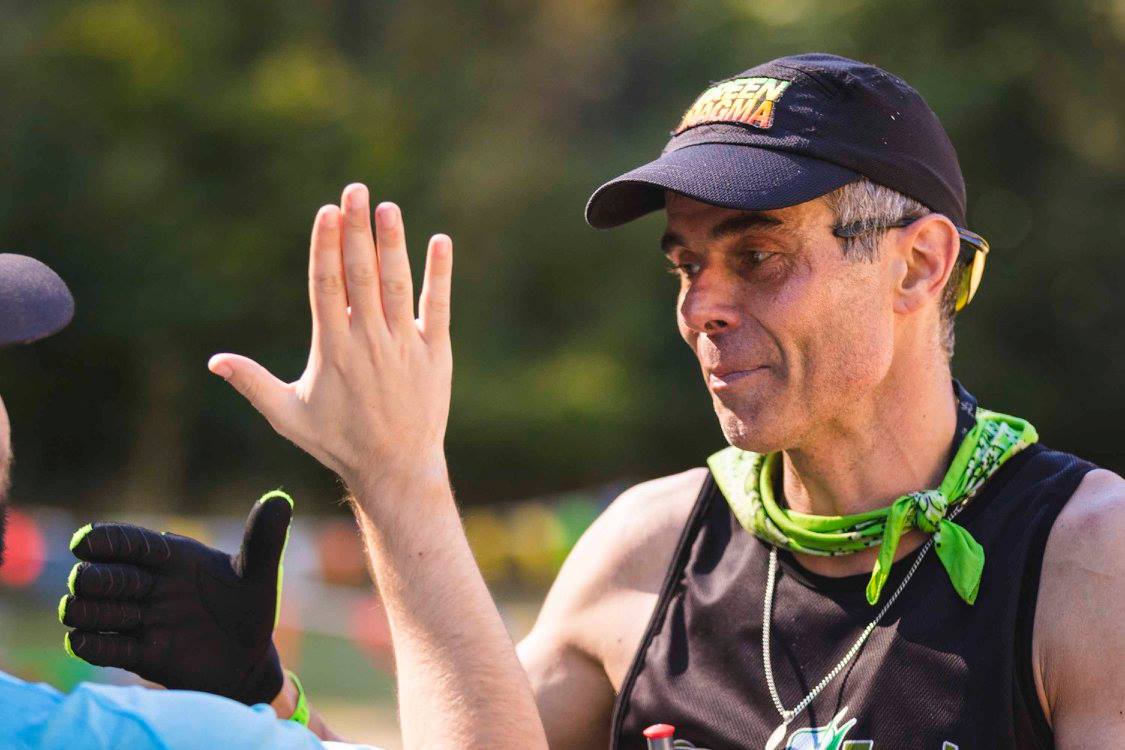
Your father is also an ultra-runner and you two just completed a 100K. Can you tell us how competing with family fosters a great relationship, and how it helps in your training?
My father and I are both dedicated not only to training and racing but also diet, which in turn helps training and recovery immensely. I was planning on crewing him at a 100k race in Washington State on May 26 but with hours before the entries closed I decided to enter. Undertrained and unprepared I thought I’d give it a go. I ran the race very relaxed with no expectations whatsoever. Running the first 70k strong I slowed for the remainder of the race but I am still pleased. This proves that it is better to be under-trained than over-trained as long as the runner has a solid base. To my surprise I placed 3rd. It must have been the treatments that I have been receiving as well as well as my time off from running. My father, Moe the Eagle, is also pleased. He placed 13th overall, and 1st in his age category. We are both very passionate about running. We share ideas about running and our diets and we are always discussing training and racing via email and telephone. He lives in Victoria, B.C. while I live in Edmonton, AB but I travel to his stomping grounds a few times per year and he travels to my neck of the woods a few times per year. We run a few races together as well as run our own races.
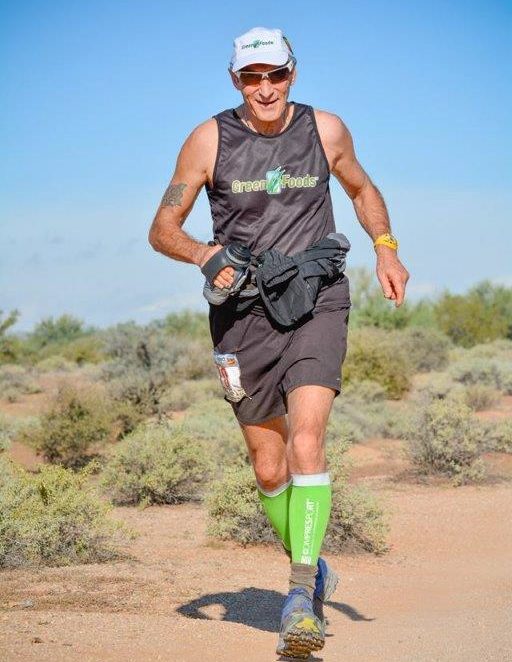
You stated that you are getting back into running after a recent injury. What inspires you to keep going, and what are you doing to get back in the sport?
In early 2016, I developed an injury called Osteochondral lesions or osteochondritis dissecans. These lesions can occur in any joint but are most common in the knee and ankle. Such lesions are a tear or fracture in the cartilage covering one of the bones in a joint. The cartilage can be torn, crushed or damaged and, in rare cases, a cyst can form in the cartilage. In the ankle, osteochondral lesions usually occur on the talus, which is the bone that connects the leg to the foot. I suffered such an injury when I had a bad inward ankle turn during a 100-mile race. At the time, I didn’t realize the severity of the injury. After taking a long rest and walking it off the best I could, I persevered and decided to continue running. Given the potential seriousness of my injury, I feel it was the year of running that followed which caused me the greatest harm. I was training with discomfort and from there it got progressively worse. I treated the injury with acupuncture, deep message, and Active Release Therapy (ART). All the medical practitioners that treated my injury stated their treatments could really help me, but none truly did. At best, there was some temporary pain relief. In 2016, after developing Osteochondral lesions and before getting the results back from an MSK Ultrasound and an MRI; I made an error in judgement. I thought I would take it easy the following year by running 50km races strictly for training purposes. This was still time on my feet which I did not need. What I needed was time off my feet. Not yet realizing the seriousness of the ankle injury and the potential for long term damage, I ran 6 – 50km races and one 50-mile race. As if this wasn’t enough, I entered the Sinister 7, 100-mile race in Blairmore, AB. None of my races were personal bests. In fact, they were far from it. In my mind I ran them easy, strictly for training and maintaining. However, every race was a struggle for the duration of the year. The result of this was the development of a Talar Dome Lesion. I continued to run while managing it with treatments but I developed tendinosis in the right ankle and in my left knee in the process. As a countermeasure, I changed my gait. The consequence was additional physical shortcomings ensued by further injury. During this entire time, I estimate I was running at less than 50% of what I would consider “normal” for me. I was in constant pain and discomfort, and I pulled out of the Sinister 7, 100-mile race, at 93 miles. I ran a few races in addition after resting through the autumn and winter months until I was stopped in my tracks and physically unable to run. The origination of my injury was the inward ankle turn. I didn’t take the appropriate measures for rest and rehabilitation at the initial time of the incident and this was my downfall. I still suffer chronic tendinosis in my left knee. This is currently being treated by Dr. Siebel’s Prolotherapy, IMS and Trigger Point treatments; like the way my right ankle has been treated and is being treated. I am extremely grateful for Dr. Siebel’s treatments and I feel that he has helped my recovery immensely. Contrary to what is said, cartilage can be rebuilt through these treatments and ligaments can be tightened. Tendons can also be rehabilitated. My left leg is weaker than my right. As a result, my right leg has been my dominant leg for more than two and a half decades of training and racing. Sooner or later, the dominant side breaks down.
Injuries can be the ultimate roadblock preventing one from doing what they love. Acceptance towards the fact that a person must take time off for rest and rehabilitation can be like accepting defeat. Part of the acceptance process is to come to the realization that much of the healing process requires a considerable amount of time, then and only then can the healing begin. In my mind, I thought I could do race after race and onto the next race until the snow arrives. Given the progression of my injury this wasn’t my decision to make, I had to listen to my body. When I literally had to stop running in my tracks I knew I had to accept the fact that I needed a long rest/recovery period. Again, in my mind I rested. However, what I implemented was ‘creative rest’. This is a term that I coined from my father, Moe the Eagle. I rehabilitated on my spin bike, my road bike or my mountain bike. To change things, I would exercise in the pool and experience some non-exciting water running. Moe told me that this injury would require infinite patience. In the interim, I was maintaining my physical conditioning. I knew that when am ready to lace up my running shoes again my body and my mind will be ready.
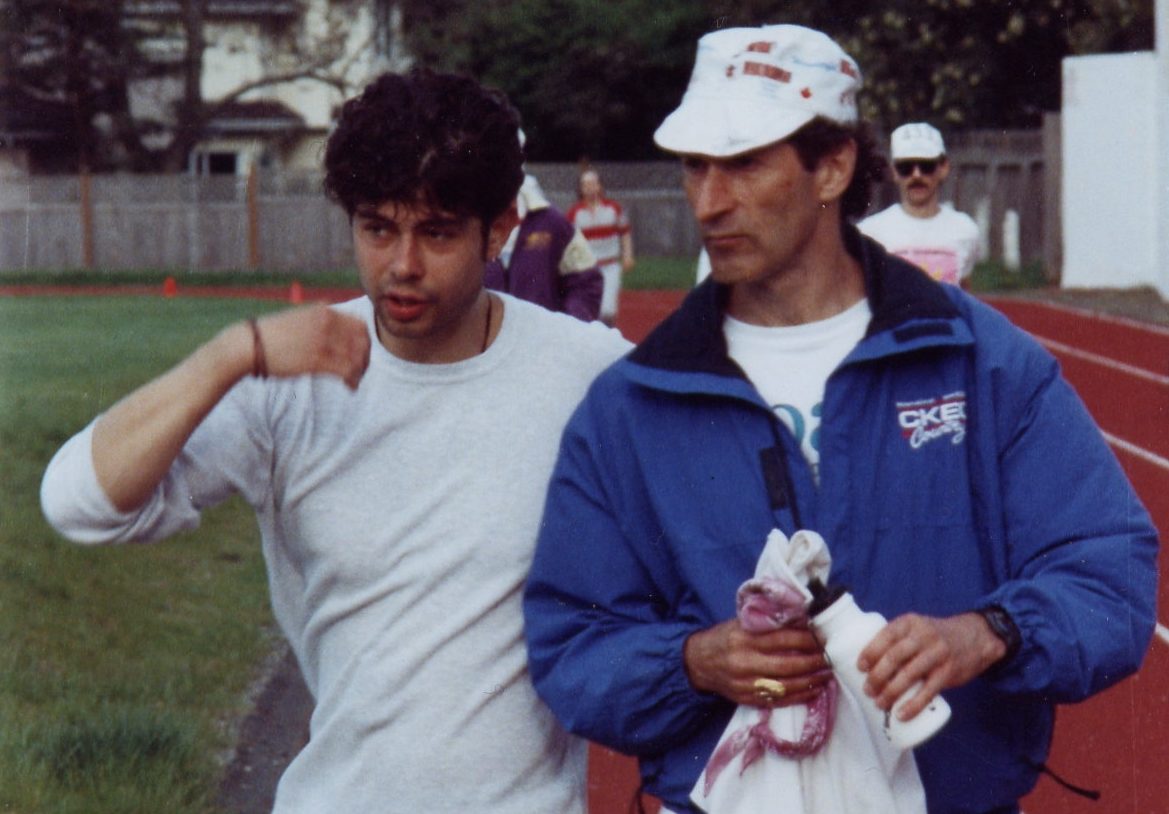
How do you want to inspire people through your journey?
Being successful in life is determined upon the efforts made upon ones chosen endeavors. If I threw in the towel or gave up I wouldn’t be where I am today. I believe that we take on the strength in which we overcome. Every day is a challenge and every moment is to be cherished. I like to say that running is my life, my life is running, and this is how I choose to live my life; or as Author, Dan Millman says, ‘Rather than dedicating our sport to our lives, why not dedicate our lives to our sport.’ I want to share a message of hope, perseverance.
Another successful strategy is learning from others. I like a quote that I once heard from my dad, “I’ve never met a person who is not my master at something” People are fascinating.
I have never stopped running nor given up, despite facing the biggest challenge of my life.
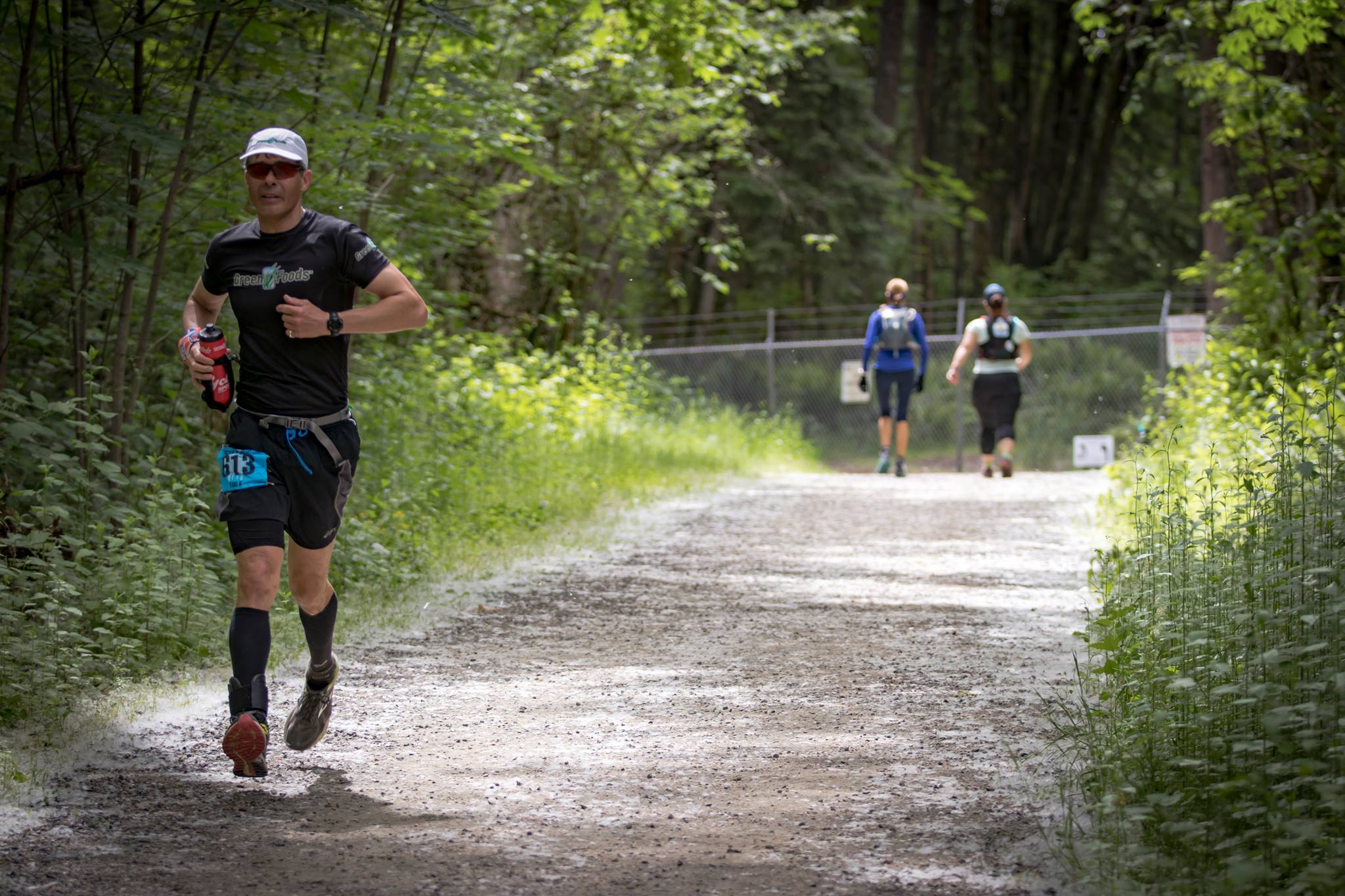
Visit his website: logansrun.ca
At This Adventure Life we celebrate the lives and stories of the people who live life fearlessly. #livefearlessly
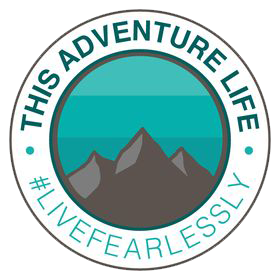
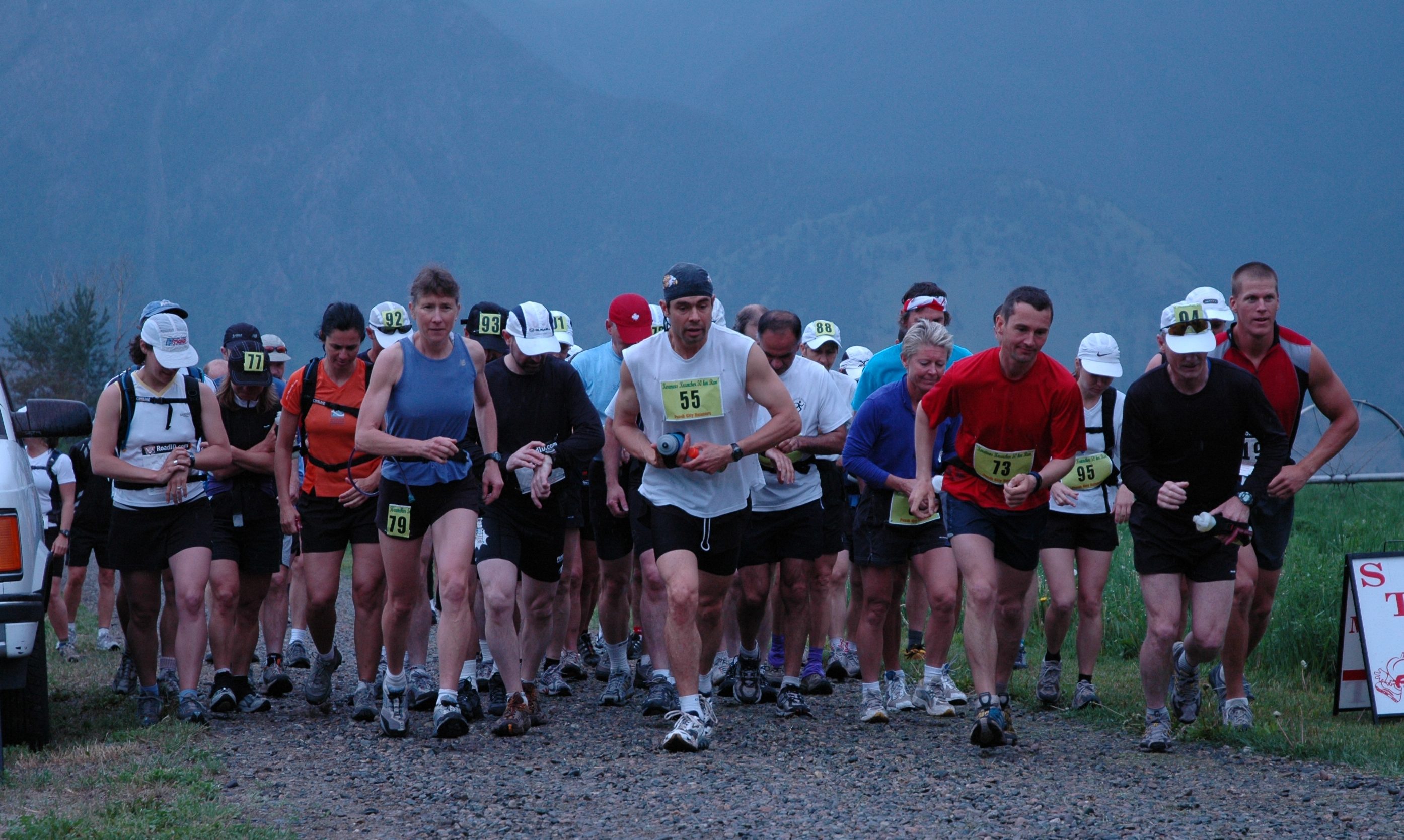

Comments
Logan, you are a true inspiration. Thank you for sharing your story !
Great article Logan! Always a pleasure to see you at the races and was great to run a few miles with you at lost Soul this fall. Both you and your dad are incredibley motivating.
I love the article Logan
I love the article Logan
Logan, you have a beautiful story my friend. You strength and perseverance are an inspiration to me for my own life.
Thank You Logan,LOVE your story! You and your Father are a great inspiration!beautiful story to never give up ,hope and support each other….like you say” cherish every moment…”